The Trinidad language, better known as Trinidadian Creole or Trinidadian English Creole, is a fascinating dialect. It has evolved over centuries across the gorgeous island of Trinidad into a unique blend of tongues from around the world.
As a world traveler with a passion for learning new languages, Caribbean languages have always intrigued me. That fascination only grew after I explored Trinidad in 2022 with my good friend and local chef Jason Peru. The expressions he used as we traveled the island amused and fascinated me and made me want to learn more about the language.
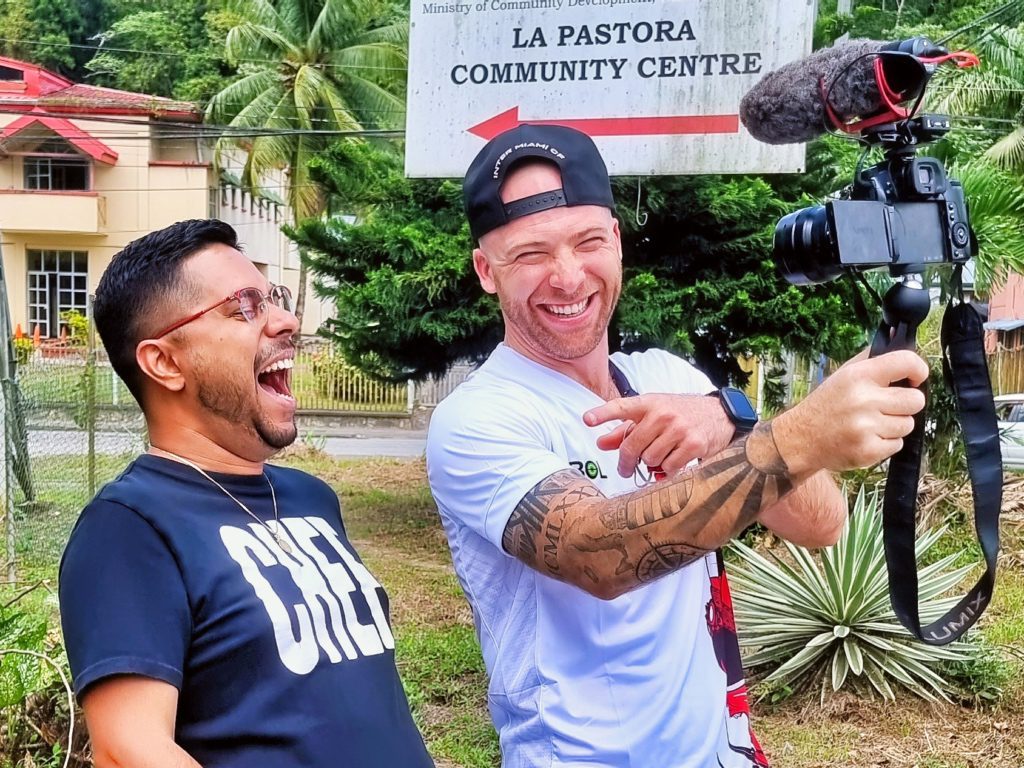
Let’s delve into the origins and characteristics Trinidadian Creole and some popular phrases in the language. We’ll also explore its influence in popular culture and the differences between Trinidadian Creole and other Caribbean languages.
The roots of Trinidadian Creole date back to the colonial history of the island. Trinidad was originally home to indigenous Amerindian tribes, but in the 16th century, the Spanish colonized the island. Later, the island fell under British rule, and with the arrival of enslaved Africans and indentured laborers from India, China, and other parts of the world, a rich linguistic and cultural tapestry began to unfold.
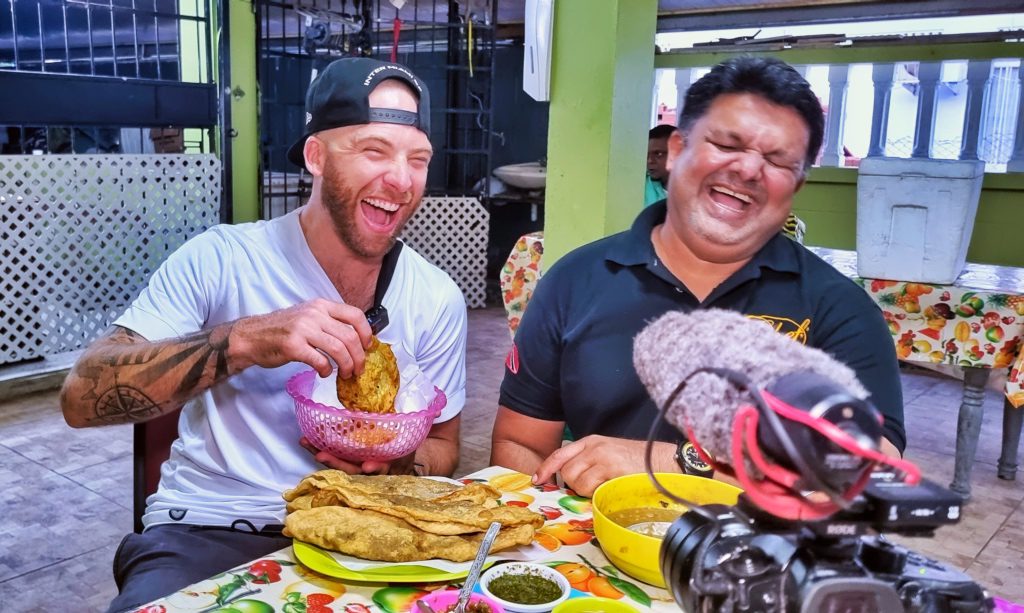
The language that emerged from this diverse mix of influences is known today as Trinidadian Creole. It incorporates elements from English, West African languages, French, Spanish, Hindi, and other languages spoken by the various ethnic groups that settled on the island. This linguistic fusion reflects the complex history and heritage of Trinidad, making Trinidadian Creole a truly unique language with global influences.
Trinidadian Creole is characterized by its distinctive pronunciation, vocabulary, and grammar. One of the most notable features is the pronunciation of the “th” sound, which is often replaced with a “d” or “t” sound. For example, “this” becomes “dis” and “that” becomes “dat.” This pronunciation pattern, known as th-stopping, is a common feature in many Creole languages.
The vocabulary of Trinidadian Creole is a blend of words from various languages. English forms the basis of the vocabulary, but it is enriched with words borrowed from African languages, French, Spanish, and Indian dialects. For instance, the word “liming” is another way of saying “hanging out” or “socializing,” derived from the West African word “limin,” meaning “to relax” or “to enjoy oneself.”
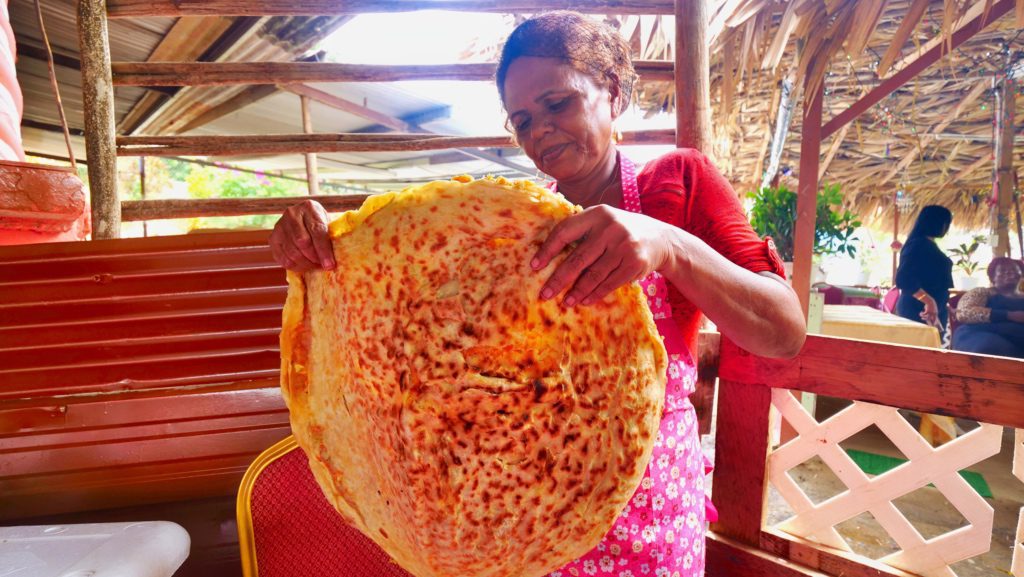
In terms of grammar, Trinidadian Creole follows its own rules, which differ from standard English. For example, the verb “to be” is often omitted in present tense sentences, as in “She a doctor” instead of “She is a doctor.” The word order can also be different, with the subject often placed at the end of the sentence. These grammatical variations give Trinidadian Creole its distinct flavor and charm.
Trinidadian Creole has a rich lexicon of unique words and phrases that reflect the island’s culture and way of life. Here are some common expressions you may come across when you visit the island.

I heard most of these sayings on a daily basis during my week in Trinidad. If you’re planning a trip to Trinidad, brush up on them before you go so you can understand what the locals are saying!
These are just a few examples of the colorful vocabulary you might encounter in Trinidadian Creole. Exploring the language further will reveal many more fascinating words and phrases unique to the island.
While the language shares similarities with other Caribbean languages, it also has distinct features that set it apart. One major difference is the influence of Indian languages, particularly Hindi and Bhojpuri, due to the large population of Indian descent in Trinidad. This Indian influence is not as prevalent in other Caribbean languages, which tend to have a stronger African or European influence.

Another difference lies in the pronunciation and vocabulary. Trinidadian Creole has a unique blend of African, Indian, and European words, resulting in a linguistic mosaic that is distinctively Trinidadian. The pronunciation patterns, as mentioned earlier, also contribute to the uniqueness of the language.
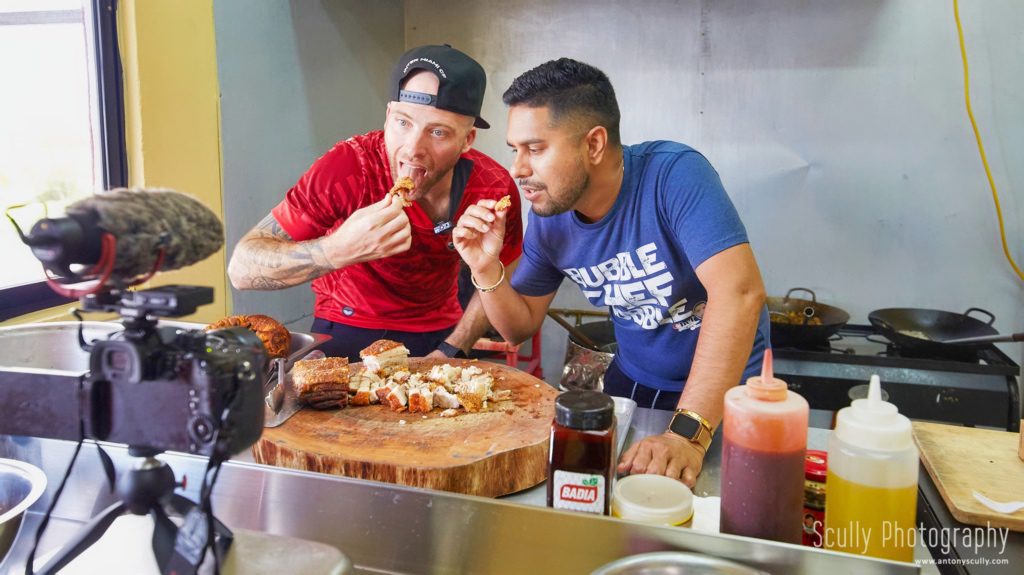
Despite these differences, there are also many shared features among Caribbean languages, such as the use of similar grammatical structures and the influence of African languages. The interconnectedness of these languages reflects the shared history and cultural heritage of the Caribbean region.
Trinidadian Creole has made its mark on the world stage through various forms of popular culture. One notable example is the influence of the language in the music genre known as Calypso. Calypso music, with its catchy rhythms and cleverly crafted lyrics, often incorporates elements of the language to convey the spirit and essence of the culture.
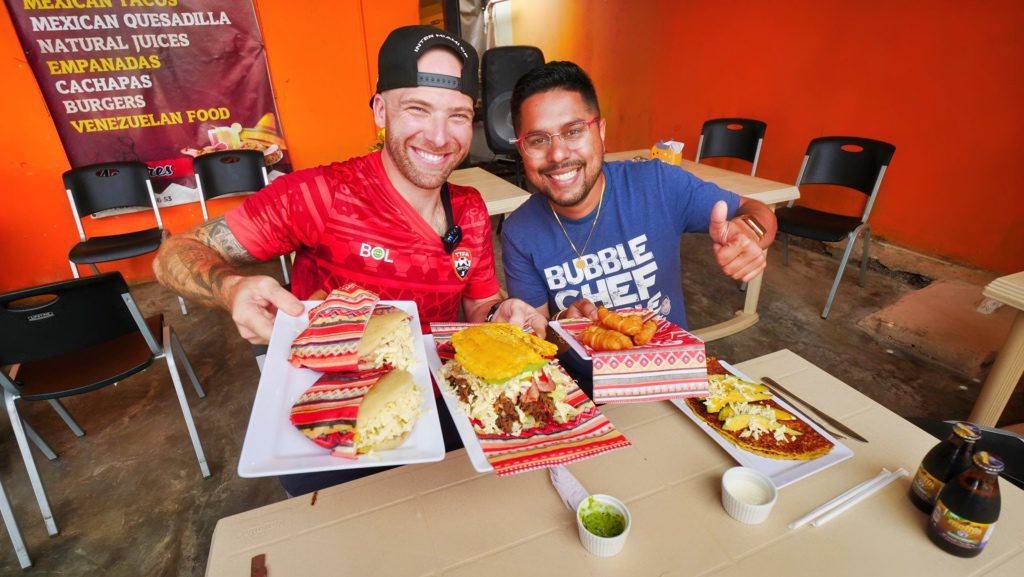
Trinidadian Creole has also found its way into the realm of literature. Many Trinidadian authors, such as Earl Lovelace and V.S. Naipaul, have incorporated elements of the language into their works, adding depth and authenticity to their storytelling. The use of the language in literature not only preserves the language but also showcases its expressive power and cultural significance.
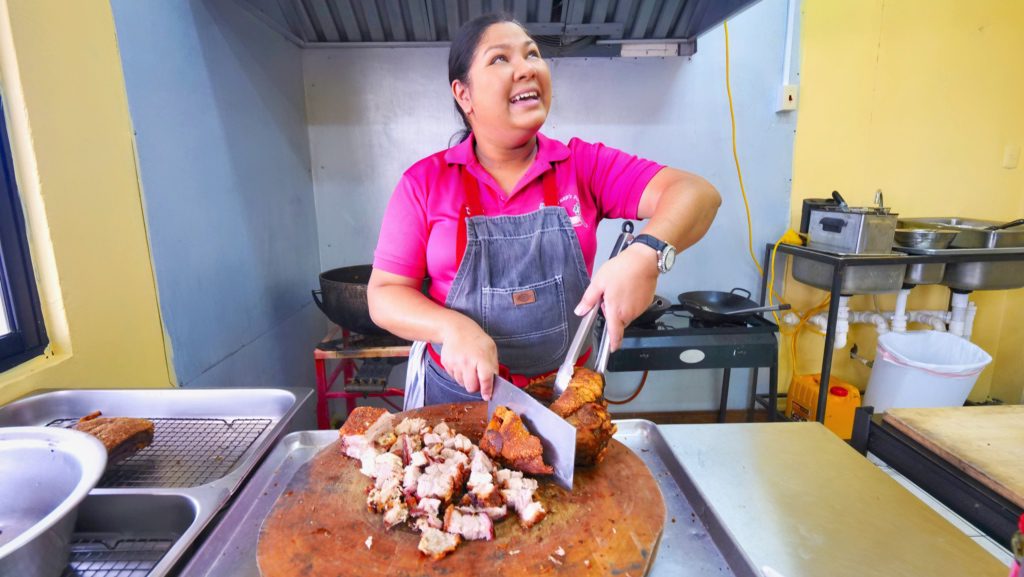
In recent years, Trinidadian Creole has gained international recognition through the emergence of Trinidadian artists and performers. Musicians like Machel Montano and Nicki Minaj have brought the sounds and flavor of Trinidadian Creole to a global audience. They often infuse their music with the unique rhythms and linguistic nuances of the language.
Trinidadian Creole permeates everyday life in Trinidad. Whether it’s chatting with friends, bargaining at the local market, or listening to the vibrant sounds of Calypso music, Trinidadian Creole is an integral part of the fabric of Trinidadian society.

In social interactions, Trinidadian Creole expresses emotions, conveys humor, and establishes a sense of camaraderie. The language brims with playful expressions and colloquialisms that reflect the warmth and friendliness of the Trinidadian people. Understanding and speaking Trinidadian Creole allows you to fully immerse yourself in the vibrant cultural scene and connect with the locals on a deeper level.
Trinidadian Creole is more than just a language. It is a testament to the resilience, creativity, and diversity of the Trinidadian people. Its unique blend of cultural influences and expressive power make it a language worth celebrating and preserving. By embracing Trinidadian Creole, we can appreciate the richness of Trinidad’s heritage and foster a sense of pride in our shared linguistic tapestry.

So, whether you’re a language enthusiast, a traveler, or simply curious about the world, I encourage you to explore the world of Trinidadian Creole. Immerse yourself in its vibrant sounds, colorful vocabulary, and rich cultural heritage. Let Trinidadian Creole be your gateway to a deeper understanding of Trinidad, its people, and the beauty of language diversity.
Counter
101 Countries • 1432 Cities